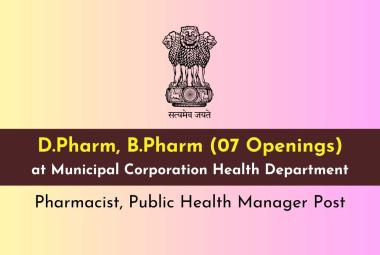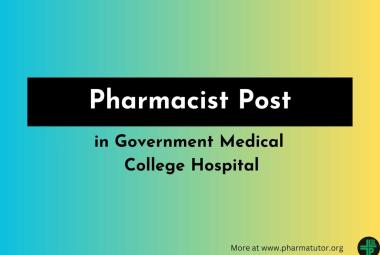Medtronic plc announced that the U.S. Food and Drug Administration (FDA) approved the IN.PACT(TM) Admiral(TM) drug-coated balloon (DCB) as a treatment for in-stent restenosis (ISR) in patients with peripheral artery disease (PAD). This is the first DCB that has gained approval to treat ISR in the U.S. FDA approval was based on ISR data from the IN.PACT Global Study compared to a standard percutaneous balloon angioplasty (PTA) control.
[adsense:336x280:8701650588]
"We are experiencing a paradigm shift in treating patients with complex PAD," said John Laird, M.D., interventional cardiologist at U.C. Davis Medical Center and co-principal investigator for the IN.PACT SFA Trial. "Until now physicians have had limited treatment options to address patients with ISR. The FDA's approval of IN.PACT Admiral DCB allows us to treat patients with a durable, proven, and safe technology."
ISR occurs when a stent is placed in the artery to restore blood flow but over time plaque can form in and around the stent. This condition is estimated to occur in up to 40 percent of all stents placed in the superficial femoral artery (SFA).
"Prior to the FDA approval of IN.PACT Admiral DCB for ISR, physicians were challenged to find a durable treatment for PAD patients, considering the complexity of the disease," said Mark Pacyna, vice president and general manager of the Peripheral business, which is part of the Aortic & Peripheral Vascular division at Medtronic. "Together, in collaboration with physicians in the vascular clinical community, we designed the IN.PACT Global Study to look at challenging lesions in real-world patients. Today, the IN.PACT Admiral DCB has demonstrated consistent outcomes across all patient morphologies, and it is the only DCB approved to treat patients with ISR in the U.S."
Real-world data from the IN.PACT Global Study demonstrating safe and effective treatment of complex ISR lesions was first presented on the scientific podium at VIVA 2015. The one-year primary patency rate for this difficult to treat patient subgroup in the IN.PACT Global ISR Imaging Cohort was 88.7 percent, and the clinically-driven target revascularization (CD-TLR) rate was 7.3 percent. The mean length of lesions was 17.2 ± 10.5 cm, with 34.0 percent occluded ISR lesions.







